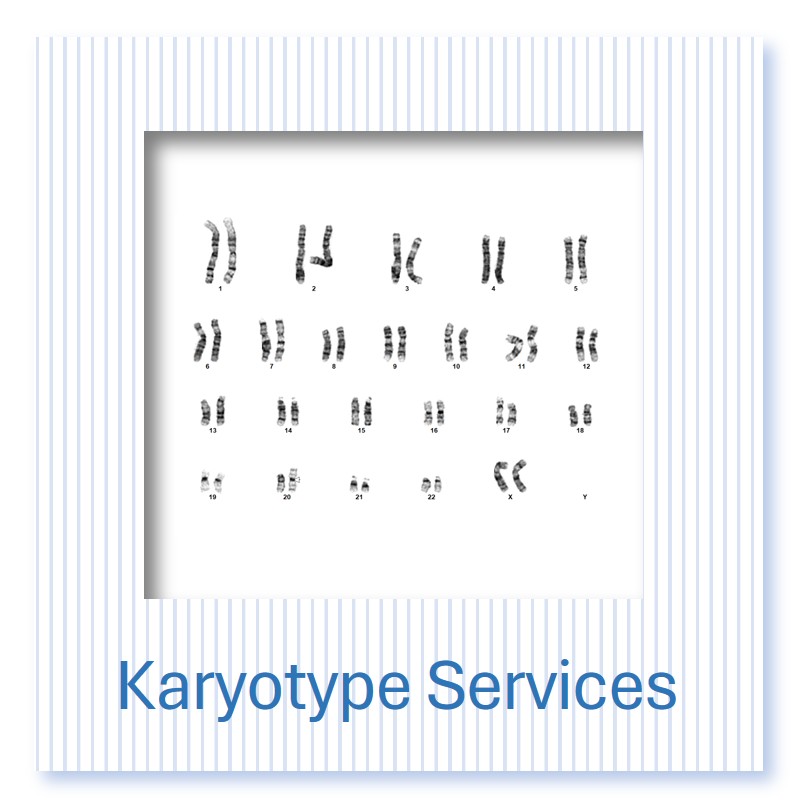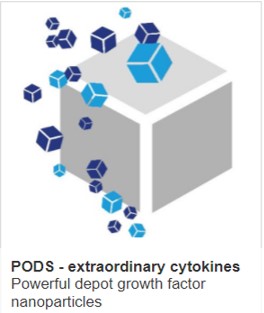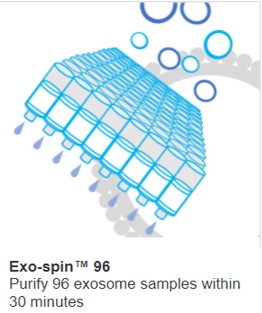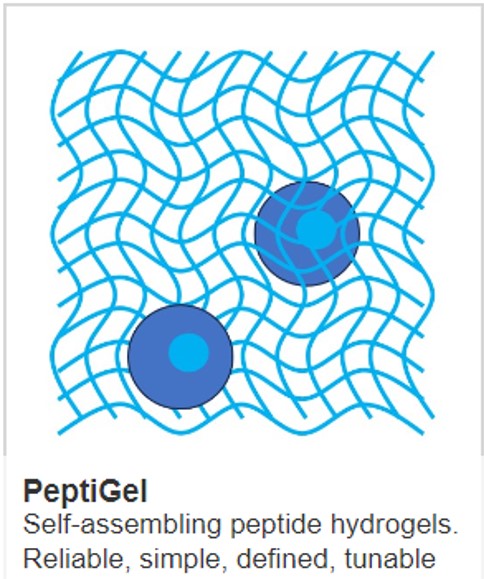Double minutes: Extra-chromosomal cancer DNA

Extrachromosomal DNA (ecDNA) has been identified by the Grand Cancer Challenges research initiative as a key area to develop understanding. Recent publications have explored the significance of extrachromosomal DNA (ecDNA) in cancer biology, highlighting ecDNAs role as a carrier of oncogenes and its contribution to genomic instability, which in turn drives tumor progression and therapy resistance.
ecDNA was first observed as "double minutes" (pronounced as in minute meaning tiny, not the unit of time, and abbreviated to DMs or dmin) over 50 years ago. Double minutes are small, paired chromatin acentric bodies and are distinct from chromosomes, they may be seen in metaphase spreads prepared by Cytogeneticists for conventional karyotyping and are associated with complex unstable karyotypes and aggressive disease.
ecDNA is formed when DNA fragments break away from chromosomes and circularize. This process can be triggered by various mechanisms, including DNA damage, chromosomal breaks, and replication fork stalling or chromothripsis. Once formed, ecDNAs can replicate independently of the chromosomes and, without a centromere, segregate randomly into daughter cells, leading to high copy number amplifications.
Sequencing methods and fluorecence in situ hybridisation (FISH) have allowed identification of the DNA within these supernumerary structures. ecDNA often contains multiple copies of oncogenes resulting in overexpression of these genes. This enhanced level of expression can drive cancer cell proliferation and survival, even in the presence of targeted therapies. For example, in small cell lung cancer, ecDNA carrying MYC family genes can contribute to cross-resistance to multiple chemotherapy regimens.
More recent details have been elucidated of ecDNA's mechanisms that confer adaptive resilience to cancer treatments, including its ability to interact with chromosomal DNA. The significance of ecDNA–chromosome interactions in tumor development lies in their potential to influence gene expression and contribute to the genetic landscape of cancer cells. ecDNA can undergo complex structural changes and interactions with chromosomal DNA. For example, ecDNA can carry enhancers that interact with target genes located on chromosomes, potentially amplifying gene expression and providing a proliferative advantage to tumor cells. Alternatively, oncogenes located on ecDNA can hijack enhancers from distant chromosomes, leading to the formation of novel transcription circuits. The small size of ecDNA may allow it to overcome transcription regulation imparted by the spatial organisation of heterochromatin and euchromatin within the cell nucleus. Within each cell, there may be diverse subspecies of ecDNA with sequence variation promoted by kataegis mutation events.
The interactions between ecDNA and chromosomes can also facilitate genomic alterations, increasing heterogeneity within tumor subpopulations. ecDNAs can undergo structural rearrangement themselves or they can act as substrates for chromosomal rearrangements by reintegrating into the chromosomes.
The dynamic nature of ecDNA allows cancer cells to rapidly adapt to treatment by modifying their genetic make-up. When exposed to drug pressure, tumor populations with optimal ecDNA phenotypes may survive therapeutic interventions. Furthermore, after the withdrawal of targeted therapies, cancer cells with ecDNA can also quickly re-emerge. Studies have shown that ecDNA-associated genes, like those from the epidermal growth factor receptor (EGFR) family, can deplete during treatment but reappear rapidly following therapy.
Some ecDNAs also modulate immune responses, potentially allowing tumor cells to escape the body’s immune surveillance. The ability of ecDNA to influence immune checkpoints may further contribute to a tumor's capacity to resist therapy and aid in relapse.
So it seems that ecDNA are a driving force in aggressive cancer, however could they be a result of the genomic instability often seen in late stage cancer? Possibly both, debate continues. There have been studies of pre-cancerous lesions where ecDNAs are seen, and these lesions do eventually transform to cancer whereas the same lesion type with no ecDNAs do not transform even after long term follow up.
Insight into the mechanisms of ecDNA maintenance and the unique characteristics of ecDNA in different cancers will have clinical implications. Specifically, a better knowledge of ecDNA-chromosome interactions and how these interactions could be disrupted could provide a target for therapies. Ultimately, using such disruptive interventions it may be possible to reduce oncogene expression and improve patient outcomes.
IMAGE NSCLC cell line and with a complex karyotype and with some of the ecDNA arrowed CREDIT Cell Guidance Systems




